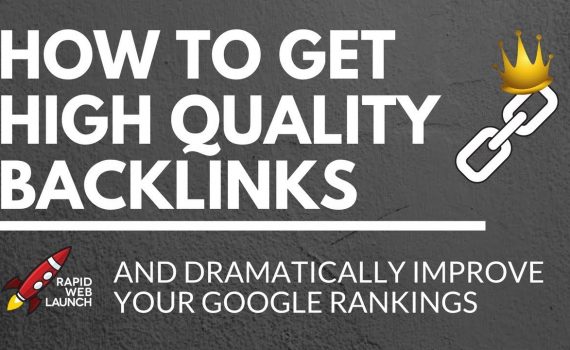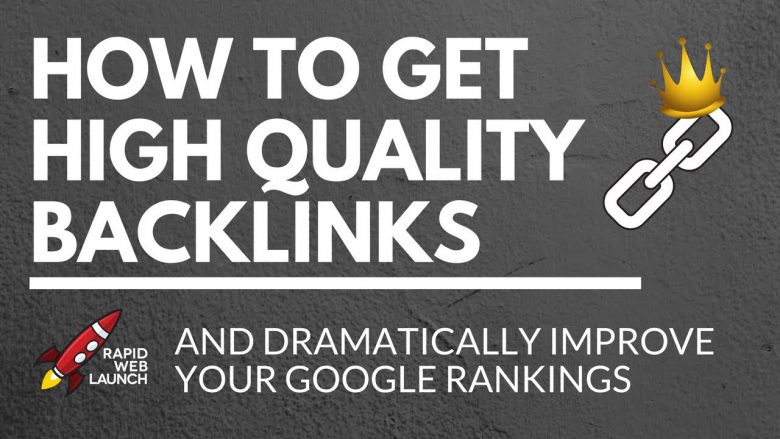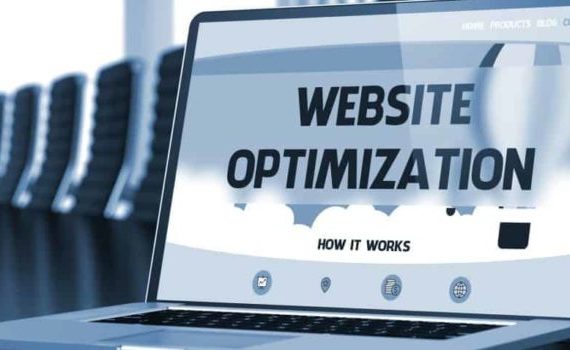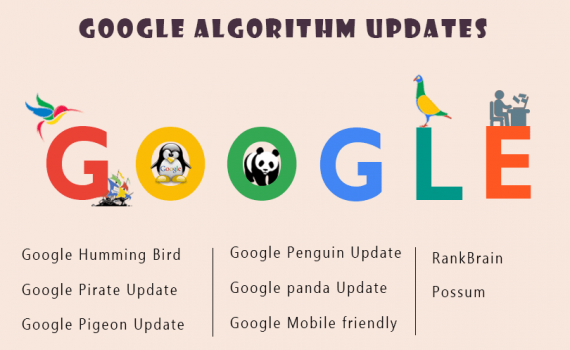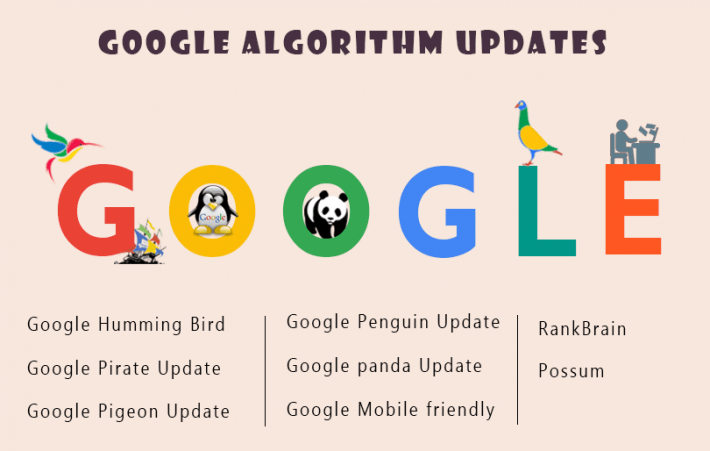
Achieve Top Rankings with Our Total SEO Services
Category : Total Seo Services
In the competitive world of digital marketing, achieving top rankings on search engines requires a comprehensive approach to SEO. At TDHSEO, we offer a complete suite of Total SEO Services that covers every aspect of optimization—from on-page to off-page strategies. Our holistic approach ensures that every element of your SEO strategy works together seamlessly to boost your rankings and drive meaningful results.
Who We Are
At TDHSEO, we are dedicated to helping businesses like yours excel in the digital landscape. Our team consists of experienced SEO specialists, digital marketers, and creative professionals who bring a wealth of knowledge and expertise to the table. We are passionate about delivering results and committed to providing personalized solutions that meet your specific needs.
Our approach is rooted in understanding your business goals, target audience, and competitive landscape. By leveraging our extensive experience and staying abreast of the latest industry trends, we craft strategies that drive success and deliver measurable results.
What We Offer
Our Total SEO Services encompass a wide range of strategies designed to enhance every aspect of your online presence. Here’s a comprehensive overview of what we offer:
1. On-Page SEO Optimization: On-page SEO is the foundation of a successful SEO strategy. We optimize various elements on your website to ensure they are search-engine friendly and user-centric. Our on-page SEO services include:
+ Keyword Research and Integration: Identifying and integrating relevant keywords into your content to ensure it aligns with user search intent.
+ Meta Tags Optimization: Crafting compelling meta titles and descriptions that drive click-through rates and improve search visibility.
+ Content Optimization: Enhancing your website’s content to ensure it is informative, engaging, and optimized for both search engines and users.
+ Internal Linking: Implementing a strategic internal linking structure to improve site navigation and distribute link equity across your pages.
+ Mobile Optimization: Ensuring that your website is fully optimized for mobile devices to provide a seamless user experience across all platforms.
2. Technical SEO: Technical SEO addresses the underlying aspects of your website that impact its performance and visibility. Our technical SEO services include:
+ Site Speed Optimization: Improving your website’s loading speed to enhance user experience and search engine rankings.
+ Mobile-Friendliness: Ensuring that your site is responsive and performs well on mobile devices.
+ Crawlability and Indexing: Optimizing your site’s structure and content to ensure that search engines can easily crawl and index your pages.
+ XML Sitemap and Robots.txt: Creating and optimizing XML sitemaps and robots.txt files to guide search engines in crawling and indexing your site.
3. Off-Page SEO: Off-page SEO focuses on activities outside of your website that impact your search engine rankings. Our off-page SEO services include:
+ Link Building: Developing a robust backlink profile by acquiring high-quality links from reputable websites. This enhances your site’s authority and credibility.
+ Content Marketing: Promoting your content through various channels to increase its reach and attract natural backlinks.
+ Social Media Engagement: Leveraging social media platforms to boost brand awareness, engage with your audience, and drive traffic to your website.
+ Online Reputation Management: Monitoring and managing your online reputation to ensure that positive content and reviews are highlighted.
4. Local SEO: For businesses targeting local customers, local SEO is crucial. Our local SEO services include:
+ Google My Business Optimization: Optimizing your Google My Business listing to enhance your visibility in local search results.
+ Local Citations: Ensuring that your business information is consistent and accurate across local directories and review sites.
+ Local Content Creation: Developing content that resonates with local audiences and drives traffic to your site.
5. Analytics and Reporting: Tracking and measuring the effectiveness of your SEO efforts is essential for continuous improvement. Our analytics and reporting services include:
+ Performance Tracking: Monitoring key metrics such as traffic, rankings, and conversions to evaluate the success of your SEO strategy.
+ Custom Reports: Providing detailed, easy-to-understand reports that offer insights into your SEO performance and areas for improvement.

Reach top search engine positions with our proven SEO strategies
The Benefits of Our SEO Services
Choosing TDHSEO for your SEO needs offers a range of benefits that can significantly impact your online success:
1. Comprehensive Approach: Our Total SEO Services cover every aspect of optimization, ensuring that all elements of your SEO strategy work together harmoniously to achieve top rankings.
2. Expertise and Experience: With years of experience and a deep understanding of SEO best practices, our team is well-equipped to handle the complexities of modern SEO and deliver results that matter.
3. Customized Solutions: We tailor our SEO strategies to meet your specific goals, target audience, and industry requirements. This personalized approach ensures that our services are highly effective and relevant.
4. Improved Search Rankings: By optimizing both on-page and off-page elements of your site, we help improve your search engine rankings and increase your visibility in search results.
5. Enhanced User Experience: Our focus on technical SEO and on-page optimization ensures that your website provides a seamless and engaging experience for users, leading to higher engagement and conversions.
6. Increased Traffic and Conversions: Effective SEO strategies drive more organic traffic to your site and improve your chances of converting visitors into customers.
7. Transparency and Accountability: We provide clear, detailed reports on your SEO performance, allowing you to track progress and measure the effectiveness of our efforts.
Why Choose Us?
At TDHSEO, we are committed to delivering exceptional results and providing value to our clients. Here’s why we are the best choice for your SEO needs:
1. Proven Results: Our track record of successful SEO campaigns demonstrates our ability to achieve top rankings and drive significant growth for our clients.
2. Dedicated Team: Our team of SEO experts is dedicated to your success. We work closely with you to understand your goals and develop strategies that align with your business objectives.
3. Innovative Strategies: We stay ahead of industry trends and leverage the latest SEO techniques to ensure that your strategy is effective and future-proof.
4. Client-Centric Approach: Your satisfaction is our priority. We provide regular updates, maintain open communication, and are always available to address your questions and concerns.
5. Comprehensive Services: Our Total SEO Services encompass all aspects of SEO, from on-page and technical optimization to off-page strategies and local SEO. This holistic approach ensures that every element of your SEO strategy is covered.
Take Action Today
Achieving top rankings and driving meaningful results requires a comprehensive approach to SEO. At TDHSEO, we offer the expertise and resources needed to elevate your online presence and achieve your business goals.
Ready to achieve top rankings? Contact us today to schedule a consultation and learn how our Total SEO Services can benefit your business. Our team is eager to partner with you and develop a customized SEO strategy that drives results.
Partner with Us
At TDHSEO, we are more than just an SEO service provider; we are your strategic partner in achieving online success. By choosing us, you gain access to a team of dedicated professionals committed to delivering exceptional results and helping you reach your business goals.
Join forces with us and experience the power of Total SEO Services. Together, we can navigate the complexities of SEO, achieve top rankings, and drive significant growth for your business. Reach out to us now to start your journey to SEO success.
Achieve top rankings with TDHSEO’s Total SEO Services. From on-page to off-page optimization, our comprehensive approach ensures that every aspect of your SEO strategy is covered. Contact us today and take the first step toward elevating your online presence and achieving your business goals.
